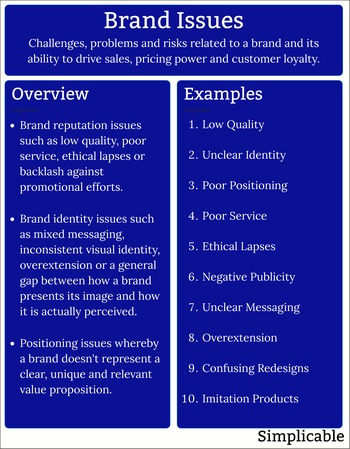|
| |
Hard benefits are positive results that can be directly measured. This includes measurement of human perceptions using surveys. The following are common types of hard benefits.Air Quality | Cost Reduction | Customer Satisfaction | Education Status | Efficiency | Happiness | Health Status | Life Expectancy | Life Satisfaction | Problem Resolution | Process Throughput | Productivity | Quality | Quality of Life | Return on Investment | Revenue / Income | Risk Reduction | Time to Market | Turnaround Time | |
Hard Benefits vs Soft BenefitsSoft benefits are positive results that are hard to measure. For example, a sports team that improves its morale and teamwork. This may be measured indirectly with statistics such as how often they pass. However, intangible things such as morale can be difficult to measure directly. This doesn't mean that they aren't valuable. In fact, most value produced by a modern developed nation is intangible and difficult to measure.
QuantificationQuantification is the process of measuring something. Systems may be inherently quantifiable such as a financial system where things can be measured in a currency. Sensors can be used to measure the physical world. Human perceptions such as quality of life or customer satisfaction can be measured with surveys and other systems that allow human communication to be mapped to numbers. Correlation vs CausationA common mistake in measuring hard benefits is to confuse correlation and causation. With modern statistical tools, it is very easy to discover correlations in data. The difficult part is to determine the cause of correlations. For example, if offices that offer free food and premium beverages are more profitable you may be tempted to claim that the food service is the cause of this profitability. However, it is more likely that profitable firms are simply able to offer employees more benefits such that the profitability causes the food service and not the other way around.Capitalist RealismCapitalist realism is a tendency for capitalist systems, organizations and institutions to measure everything in terms of money. This is quite dark and has a negative effect. For example, measuring a disease that has human impacts in terms of lost work hours. This views humans as mere labor producing entities.Be Careful What You MeasureBe careful what you measure is the theory that societies and organizations tend to achieve measurable goals and that anything that isn't measured is not likely to be achieved. For example, if you measure air quality people may be very likely to demand its improvement and governments may eventually achieve these improvements. If something isn't measured, such as toxic chemicals in water, this wouldn't be as likely to be improved. Unintended ConsequencesThe theory of be careful what you measure also suggests that in the rush to optimize measurable goals societies and organizations often cause large scale problems in areas that aren't measured or prioritized. This is known as an unintended consequence. For example, a society that devotes large scale resources to minimizing a dread risk in areas such as health and safety while creating larger secondary risks.
Hard Benefits
This is the complete list of articles we have written about hard benefits.
If you enjoyed this page, please consider bookmarking Simplicable.
© 2010-2023 Simplicable. All Rights Reserved. Reproduction of materials found on this site, in any form, without explicit permission is prohibited.
View credits & copyrights or citation information for this page.
|






























